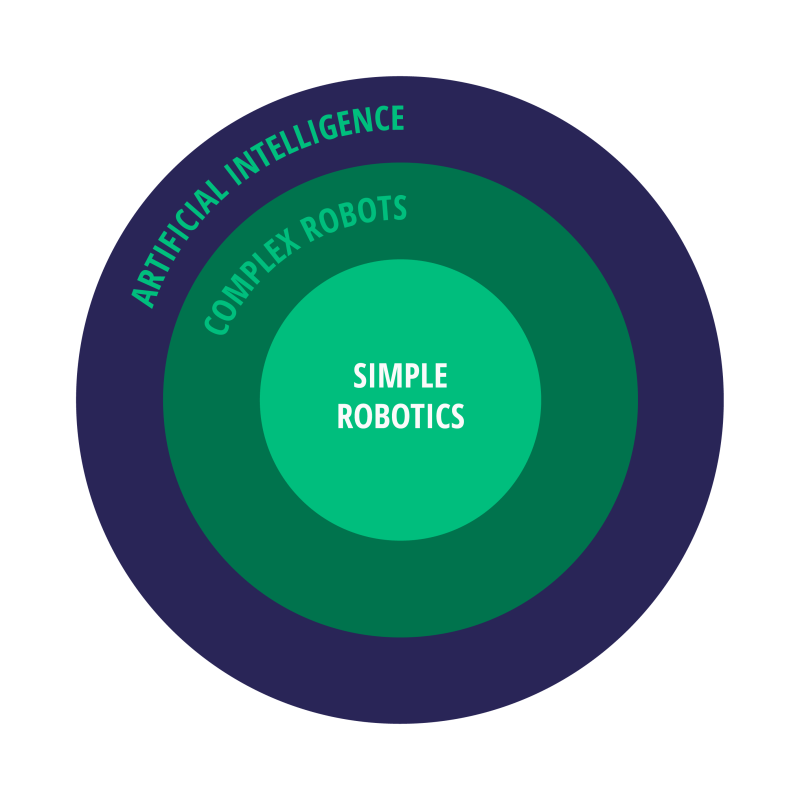Article | 22.11.2021
Up to 50 % of automations fail – This is how we do it to succeed
Share
Companies have been leveraging process automation for some years now to gain benefits such as improved productivity and quality, increased savings, better and faster service, better data management, increased agility and scalability. Hence it is no wonder why so many organizations have wanted to start digitalizing their processes with automation technologies like RPA or intelligent automation. However, according to some reports, many companies often get stuck after deploying one or two robots, and up to 50% of initial RPA automation implementations end up failing.
Why do automation projects fail?
A common pitfall for an automation project is that the complexity of the process is underestimated – a technological solution will not fix a badly structured process – rather the process will need to be re-designed to be suitable for efficient automation. Some processes are also simply not feasible targets for automation, whether that be due to hundreds of variations in the process or if the process requires human engagement in several points.
In some cases the process is a perfect target for automation, but the process documentation is done poorly, which results in process exceptions and errors in the automation. RPA automations might result in errors also if there are changes in the systems that the robot uses and the robot is not trained for the changes. Ultimately this is not an RPA failure, but rather highlights the necessity for ongoing change management practice and risk management for critical processes.
Another challenge is that companies choose a limited, task-oriented strategy towards automation, and they fail to scale the automation. If the automation target is too simple and task-oriented, it might be hard to justify and then RPA implementation seems expensive for the value it generates.

Adding more advanced automation technologies like intelligent automation by incorporating ML (machine learning) or AI (artificial intelligence) to the toolbox allows automating a bigger part of the end-to-end process instead of just simple tasks. However, it’s a balance between attractive ROI and impact, but not to start with too complex process either, as those projects often fail. Companies should start their automation journey with simple robotics that is not too task-oriented, and then build the ML and AI capabilities on top of the simple robotics.
Change resistance and lack of support from key executives are other issues that can rise when implementing automation. Employees may fear losing their jobs to robots and thus have negative attitude towards automation. Or if obstacles occur, it is important that the automation project has the support of key executives so the operation can continue.
Lastly, companies might neglect measuring the impact of automation, measure the wrong things or have unrealistic expectations regarding the goals. For example, organizations may set one-dimensional goals or KPIs for the automation, or they expect the solutions to solve a wide range of process bottlenecks straight out of the box, whereas in reality the benefits of automation tend to materialize over time and iterations.
Sisua’s approach to impactful automation
- Our background in strategy consulting gives us a profound business process understanding
We approach process automation from a business-oriented point of view. Having our background in strategy consulting makes us first want to understand our client’s business and their unique situation, rather than going technology or engineering first. Many issues are actually solved with lean process development or changing the way people and companies work together, which requires zero lines of code. We have done this with several clients, where before starting the automation work, we help them in restructuring their process first.
- We have battle-tested our methods since 2014
We are the pioneers of process automation – we have developed our methods since 2014 in hundreds of projects in different industries and business functions. Our craft has come from years of practical work, including trial and error as well. We know which processes are good targets for automation and what kind of errors could be anticipated and how to prevent them. Our investment in our automation development framework over the years has facilitated us to create more robust and resilient robots. This knowledge we pass on to our clients.
- Expectation management
We provide preferred steering group practice, personnel infos and training services in parallel with automating human work. Again, not only technological training but mentoring the personnel whose tasks are being transferred to robots. Our aim is to make the employees understand that robots are more like their virtual assistants, who remove their monotonous tasks and help to alleviate the workload. This reduces the “Not invested here” attitude, mitigates the fear of losing one’s job and other change resistance drivers. We make sure that key executives are in the automation project scope and understand the automation potential and its strategic and operational value to the business.
- We create scalable operational models and tie the automation goals to company-level KPIs
Early on we define and agree what we’re aiming to achieve and what are the automation impact metrics. It is important to tie the automation project to company-level KPIs. Sometimes the benefits come in the form of qualitative gains that are indeed hard to attribute to a single solution or calculate on an excel. We believe in measuring results over time and tuning the automation reporting so that it provides a feedback loop for developing the automation scope further. Our aim is to always develop an operation model that enables scaling the automation.
Author: Paiju Koivula
Book a free consultation with us
Want to know how automation could benefit your company? Tell us about your automation needs and let’s find the right solution for your company together.





